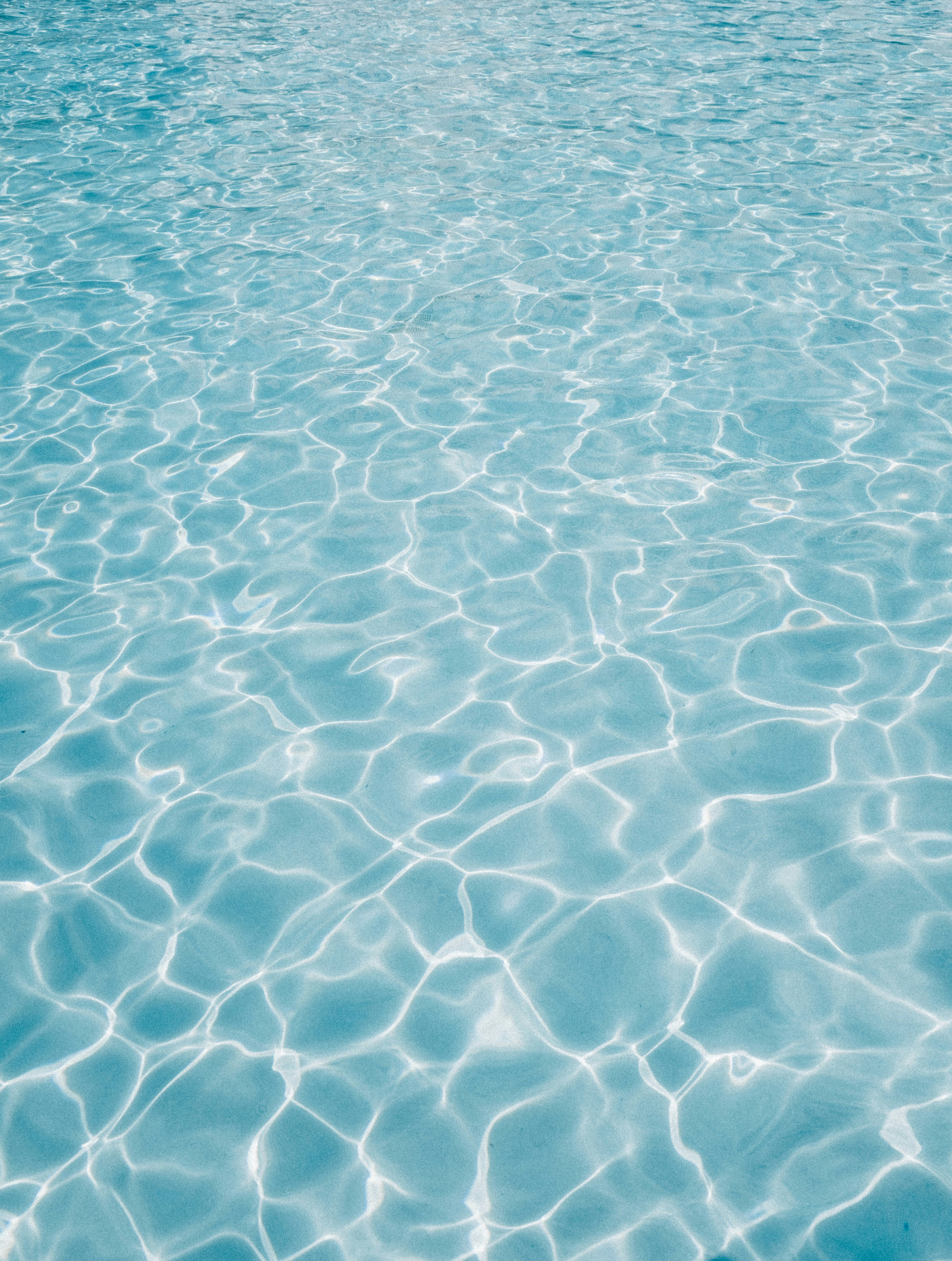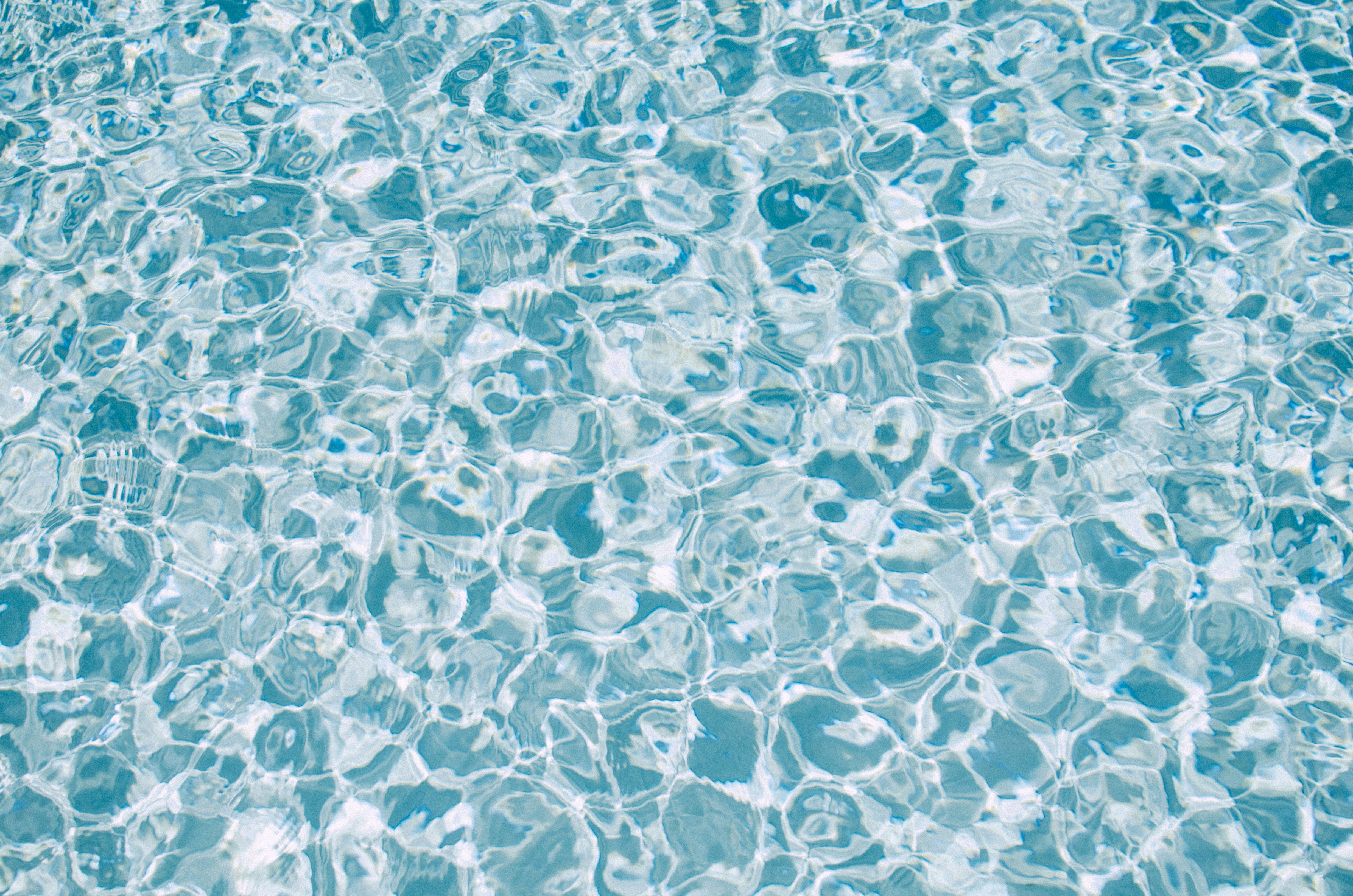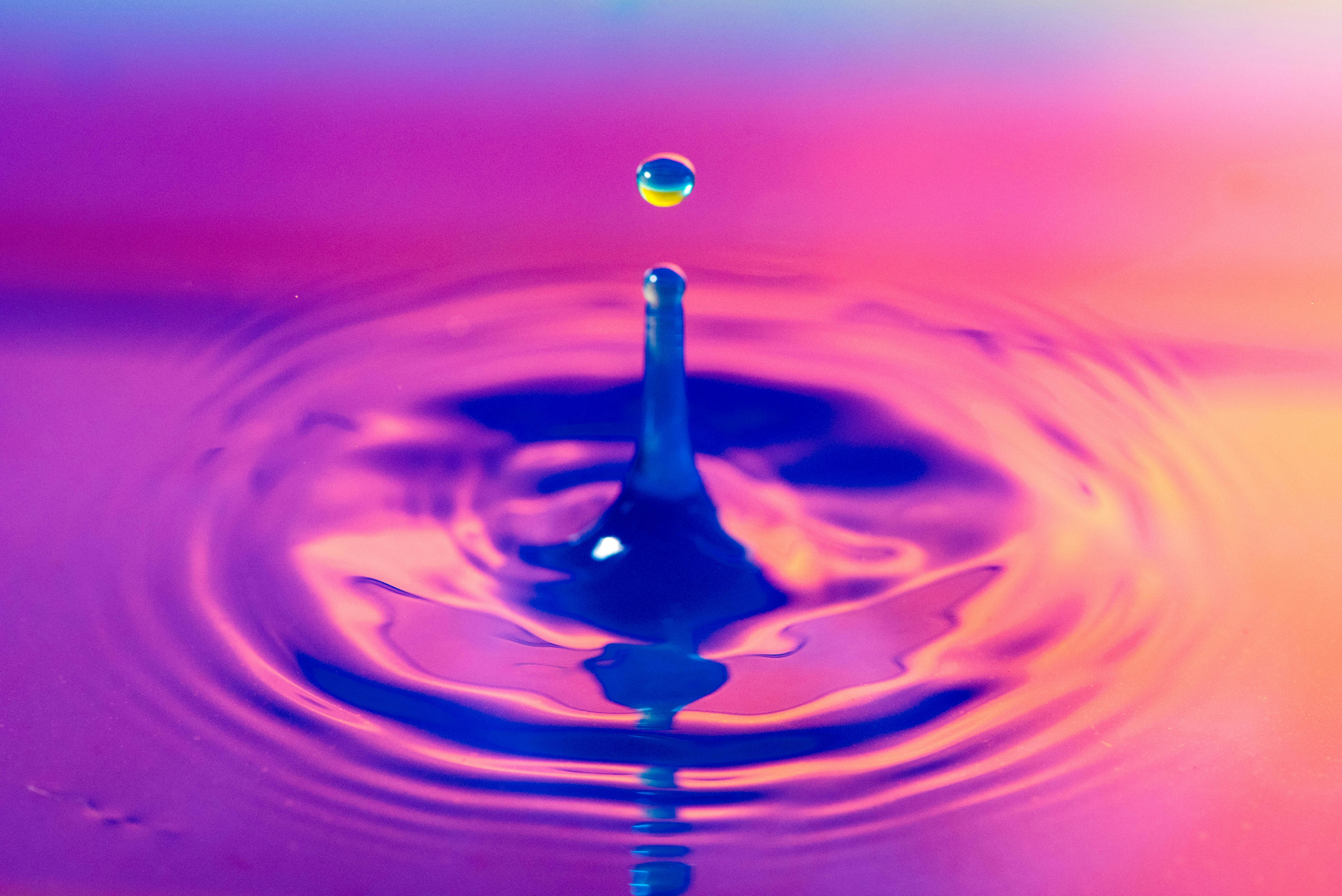In your quest for clean and safe drinking water, filters may not always be readily available. You may find yourself in a situation where you need to purify water without the aid of a filter. Fret not! There are alternative methods that can effectively rid water of harmful contaminants. From boiling to using natural disinfectants, this article explores the best techniques for purifying water without a filter. So, whether you’re venturing into the great outdoors or facing a water crisis at home, these methods will ensure you have access to clean and potable water.
Understanding the Importance of Water Purification
Water is a vital resource that is essential for our overall health and well-being. It plays a crucial role in various bodily functions, such as digestion, circulation, and temperature regulation. However, not all water sources are safe for consumption as they can be contaminated with harmful substances that pose a risk to our health. This is why water purification is of utmost importance.
Why clean water is essential for health
Clean water is essential for maintaining good health because it helps to prevent the spread of waterborne diseases. When we consume contaminated water, we expose ourselves to harmful microorganisms, chemicals, and other pollutants that can cause severe illness. By purifying our water, we can effectively remove these contaminants and ensure that the water we drink is safe and healthy for consumption.
Common waterborne diseases and their impact
Waterborne diseases are caused by the ingestion of water contaminated with harmful bacteria, viruses, parasites, or chemicals. These diseases can have a significant impact on our health, leading to symptoms such as diarrhea, nausea, vomiting, and stomach cramps. In severe cases, waterborne diseases can be life-threatening, especially for individuals with weakened immune systems, young children, and the elderly. Some common waterborne diseases include cholera, typhoid fever, hepatitis A, and giardiasis.
Sources of water contamination
Water can become contaminated through various sources, including natural factors and human activities. Natural sources of contamination include bacteria and viruses from animal waste or decaying organic matter, while human activities such as industrial pollution, agricultural runoff, and improper waste disposal can introduce harmful chemicals into water sources. Additionally, inadequate sanitation and poor hygiene practices can contribute to the contamination of water, making it crucial to purify water from both natural and human-induced pollutants.
Distillation Process
Distillation is one of the most effective methods for purifying water, making it suitable for consumption. This process involves boiling water and then collecting the condensed steam, leaving behind impurities, contaminants, and dissolved solids. The distilled water is then collected for use.
How distillation works
The distillation process works on the principle of separating the impurities from water through evaporation and condensation. When water is heated to its boiling point, it turns into steam, leaving behind impurities that have a higher boiling point. The steam is then condensed back into liquid form, resulting in purified water.
Steps to distill water at home
To distill water at home, you will need a heat source, a pot with a lid, a heat-resistant tube or pipe, and a collection container. Follow these steps:
- Fill the pot with water, leaving about an inch of space at the top.
- Place the heat-resistant tube or pipe in the pot, making sure it reaches above the water level.
- Cover the pot with the lid, ensuring it’s airtight.
- Position the other end of the tube or pipe over the collection container.
- Heat the pot, bringing the water to a boil.
- As the water boils, steam will rise and travel through the tube, condensing into purified water in the collection container.
- Allow the distilled water to cool before using it for drinking or other purposes.
Benefits and limitations of distillation
Distillation offers several benefits as a water purification method. It effectively removes impurities, including heavy metals, chemicals, and microorganisms, providing clean and safe drinking water. Distillation also eliminates any unpleasant odors or tastes that may be present in the water. Additionally, the distilled water can be stored for an extended period without the risk of bacterial or fungal growth.
However, there are a few limitations to consider. Distillation can be a slow process, requiring energy and time to heat the water and collect the condensed steam. It also removes beneficial minerals present in water, which may need to be supplemented through other dietary sources. Additionally, the initial cost of purchasing a distillation unit or the continuous cost of energy for boiling water may be a consideration for some individuals.
Boiling Method
Boiling water is a simple and accessible method for purifying water without the need for advanced equipment or chemicals. This method has been used for centuries as a way to kill harmful microorganisms and make water safe for consumption.
The science behind boiling water for purification
Boiling water is an effective method for water purification because it kills most types of pathogens that can cause waterborne diseases. When water is heated to its boiling point of 100 degrees Celsius (212 degrees Fahrenheit), the high temperature destroys the DNA and cellular structures of bacteria, viruses, and parasites, rendering them harmless.
When to use boiling method
The boiling method is particularly useful when faced with emergency situations where access to clean water is limited or compromised. It can be employed during natural disasters, camping trips, or when traveling to regions with poor water sanitation infrastructure. Boiling water is also beneficial for individuals with weakened immune systems, such as those undergoing chemotherapy or recovering from illnesses, as it provides an extra layer of protection against waterborne pathogens.
Benefits and drawbacks of boiling method
One of the significant advantages of the boiling method is its simplicity. It requires minimal equipment – just a heat source and a pot – making it accessible to almost everyone. Boiling water is effective in killing a wide range of pathogens, including bacteria, viruses, and parasites, ensuring the safety of the water.
However, boiling does have some drawbacks. First, it does not remove chemical contaminants or heavy metals from water. Additionally, the time required for boiling water may be a disadvantage in certain situations, as it can take up to several minutes or longer to reach a rolling boil. Boiling also consumes fuel or energy, which may not be readily available in emergency situations.



